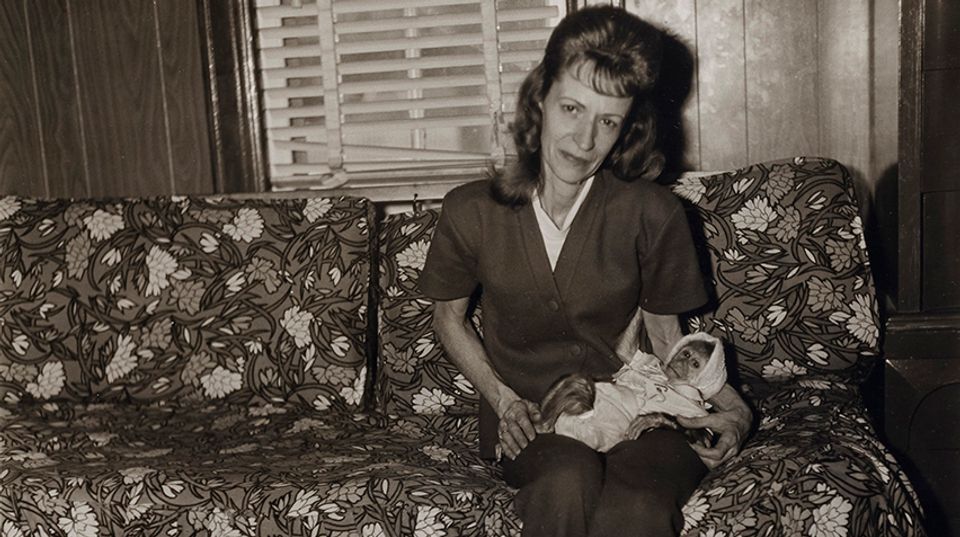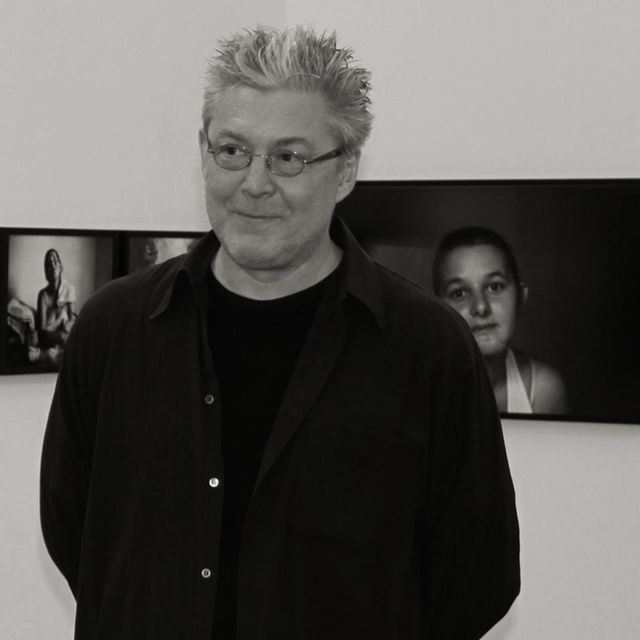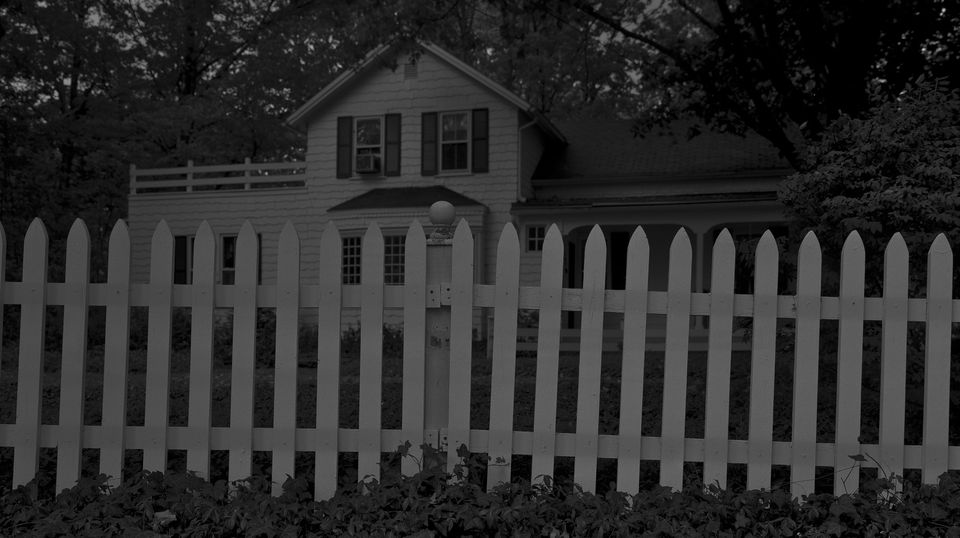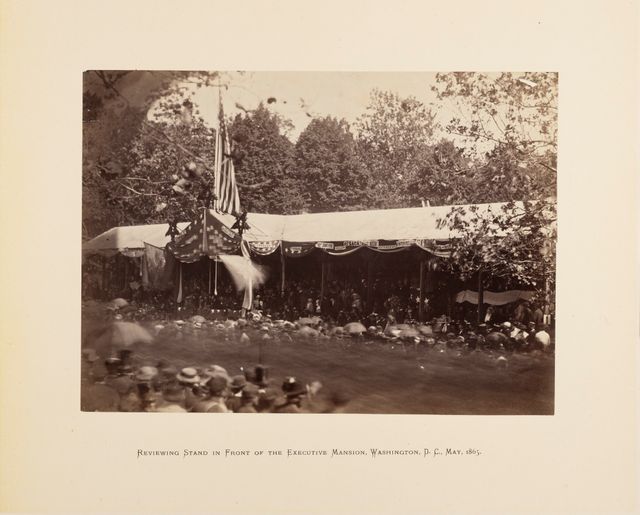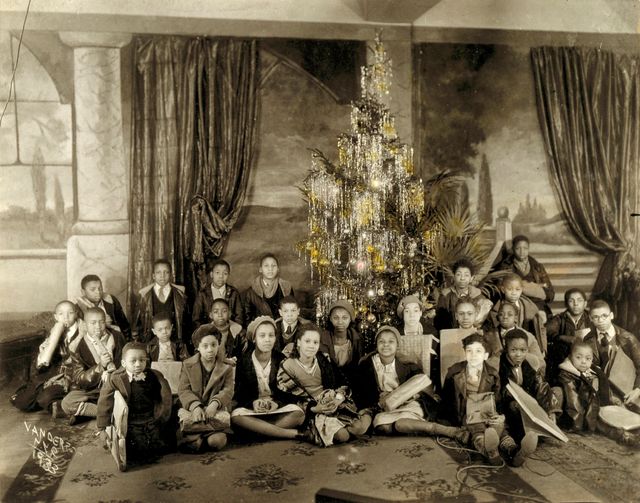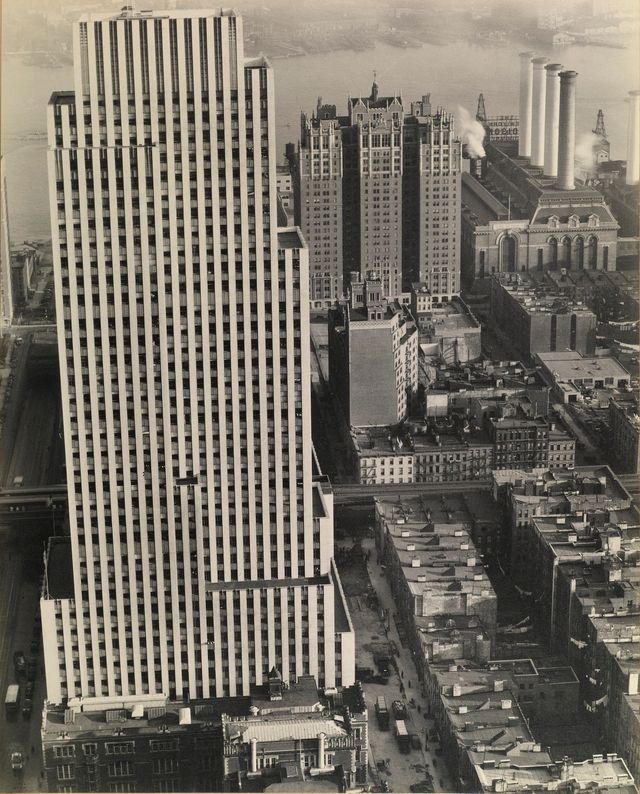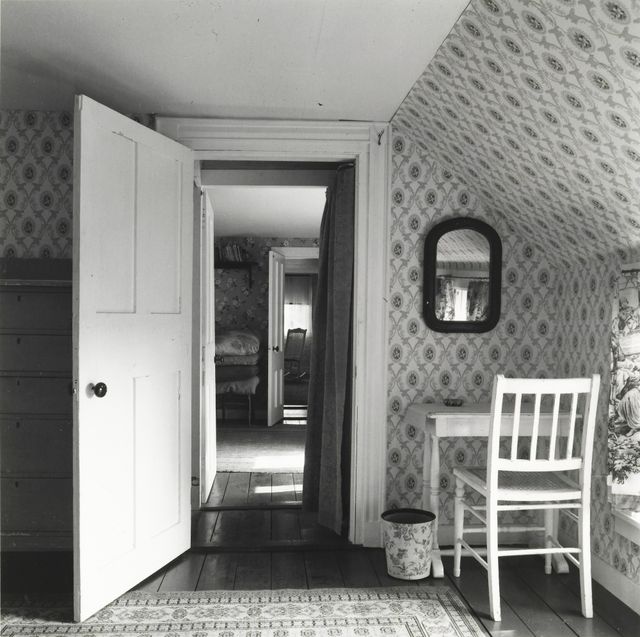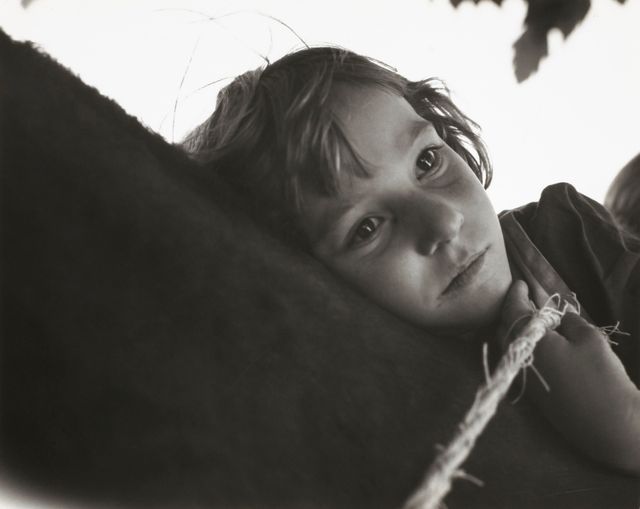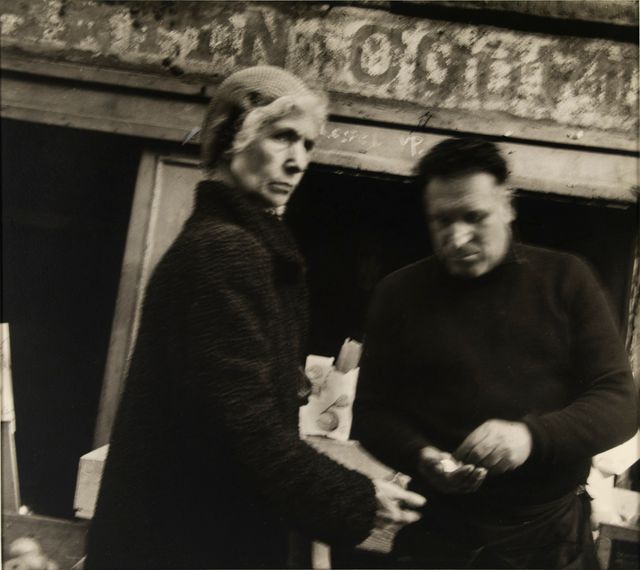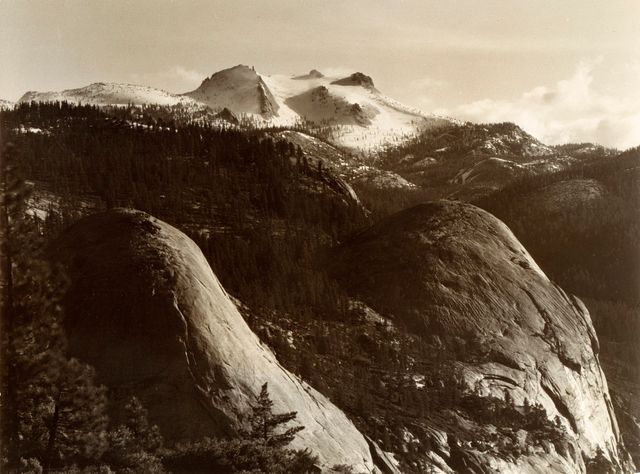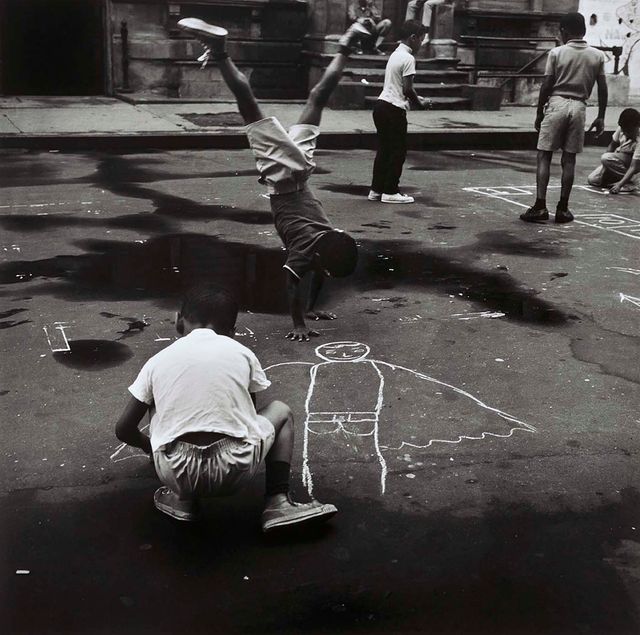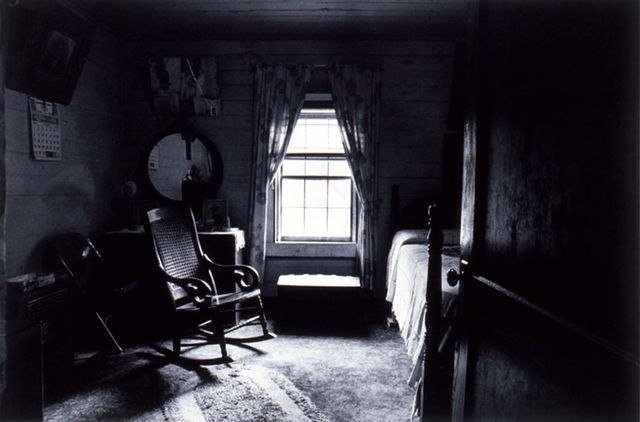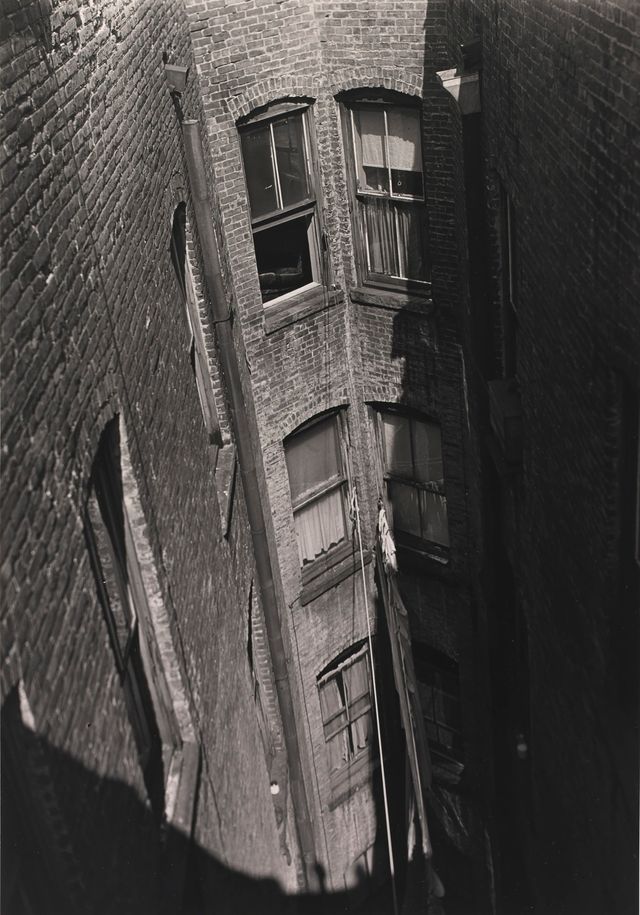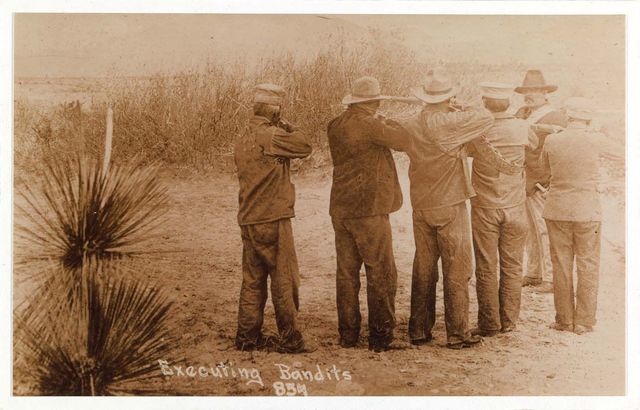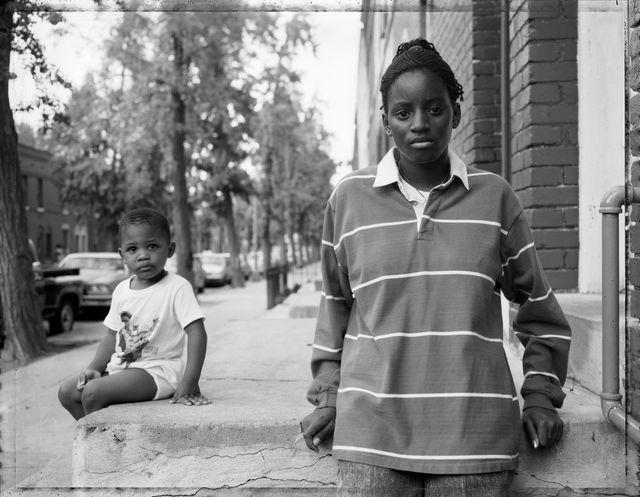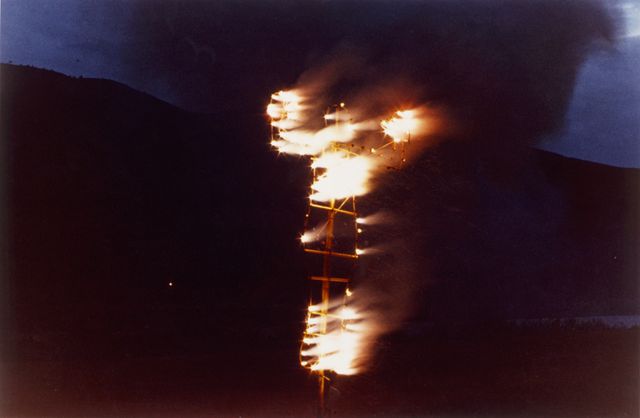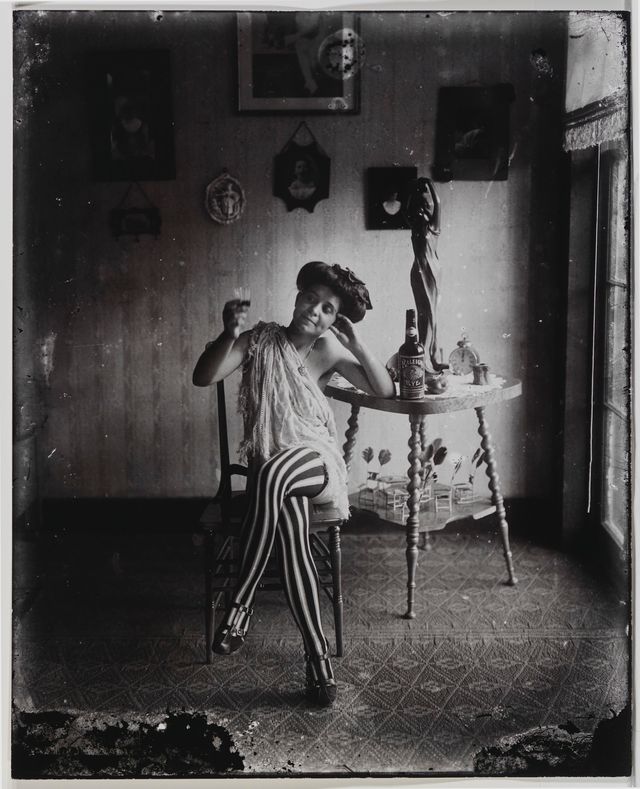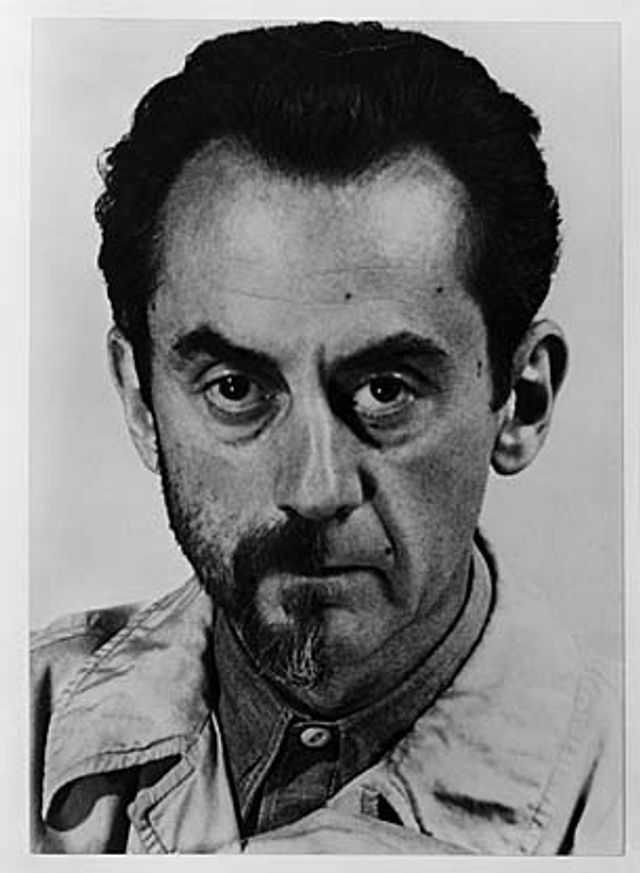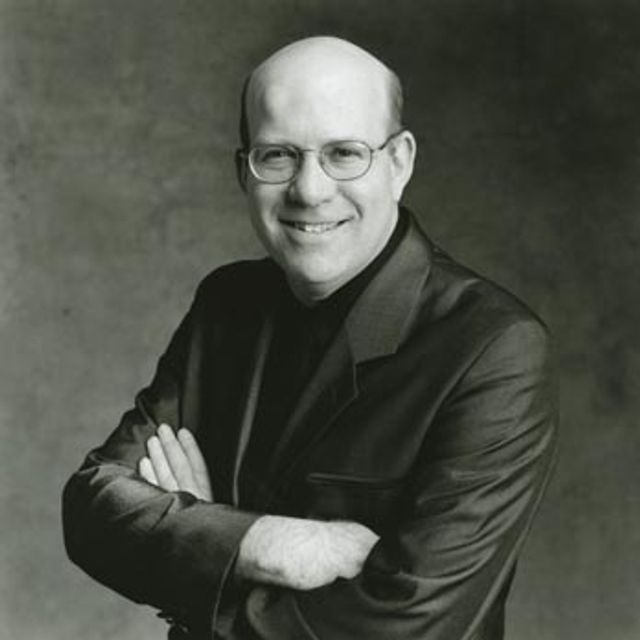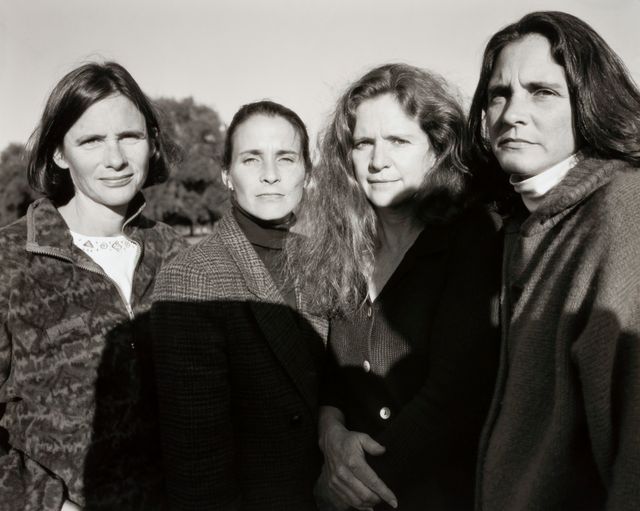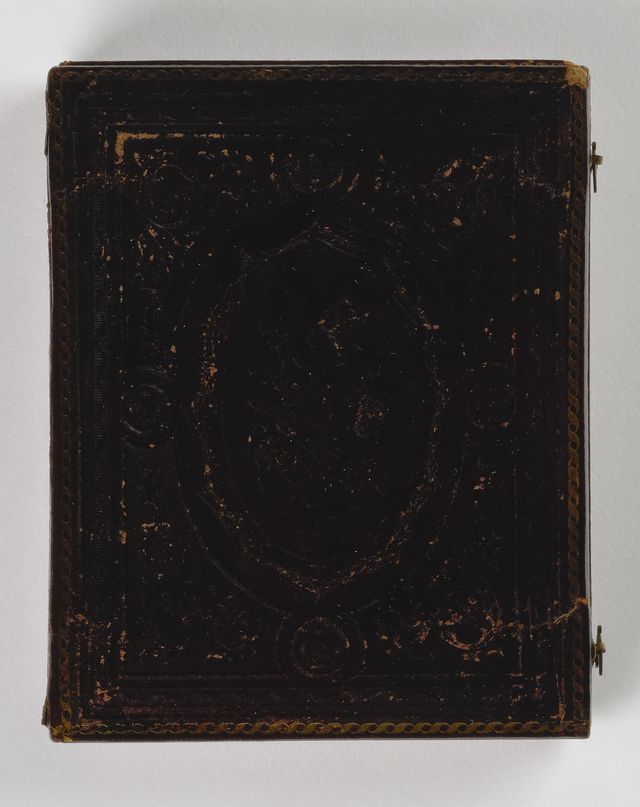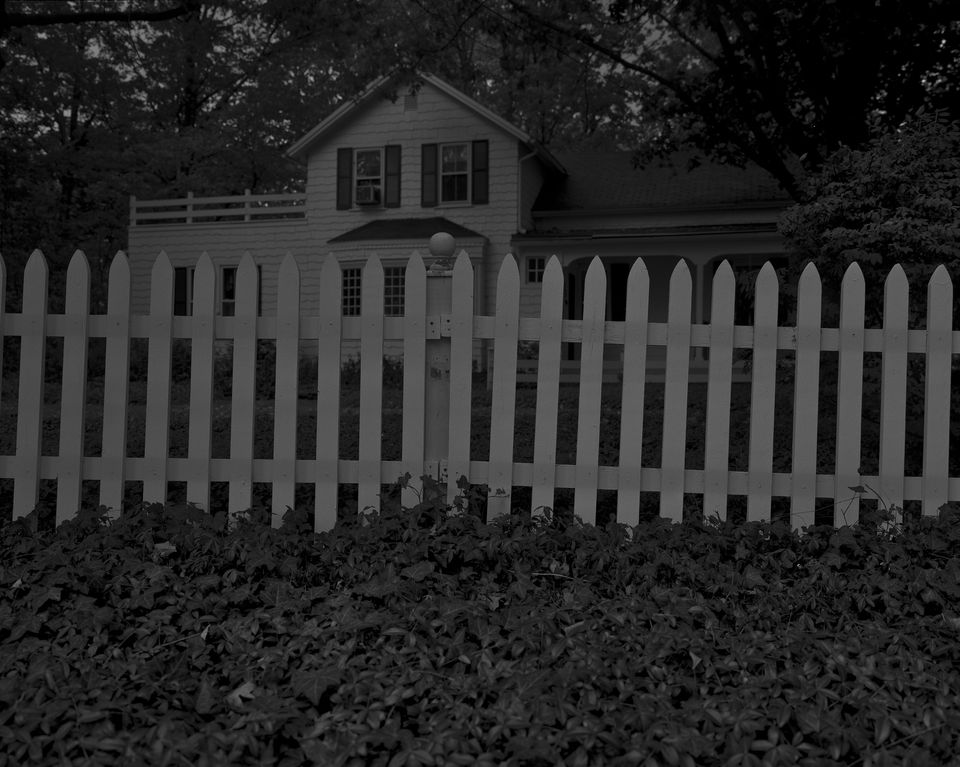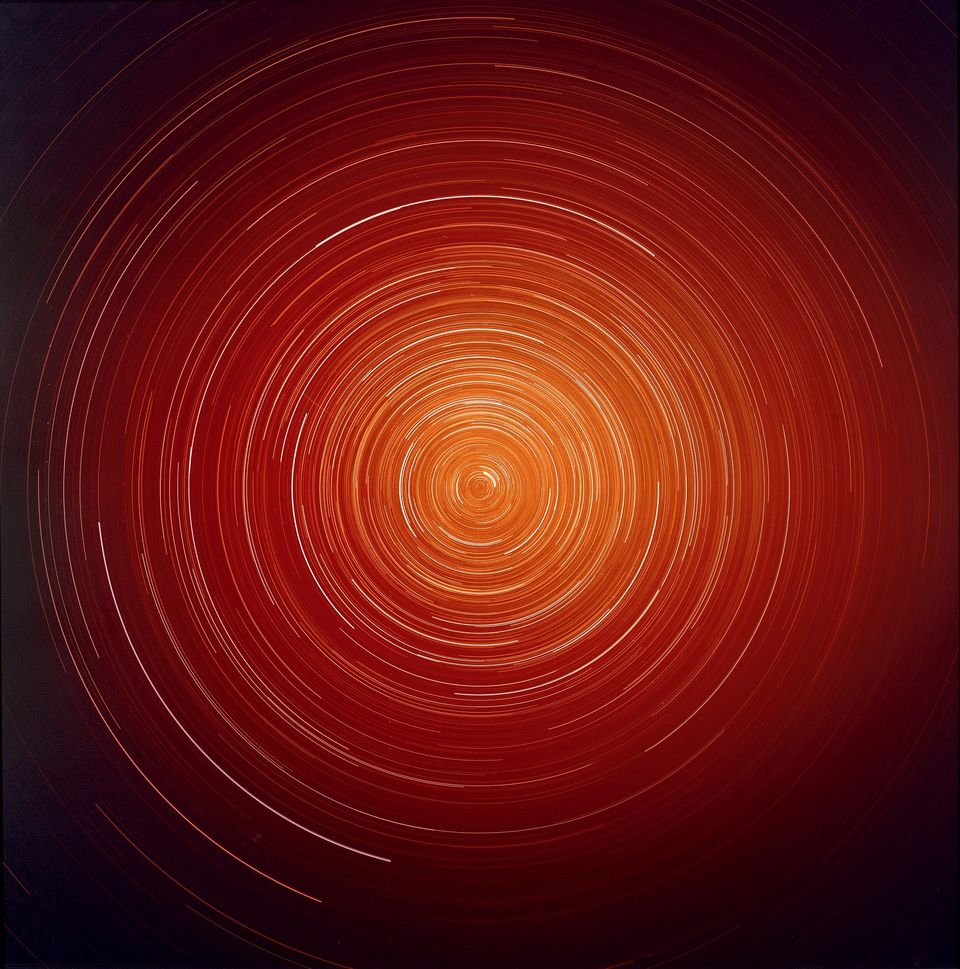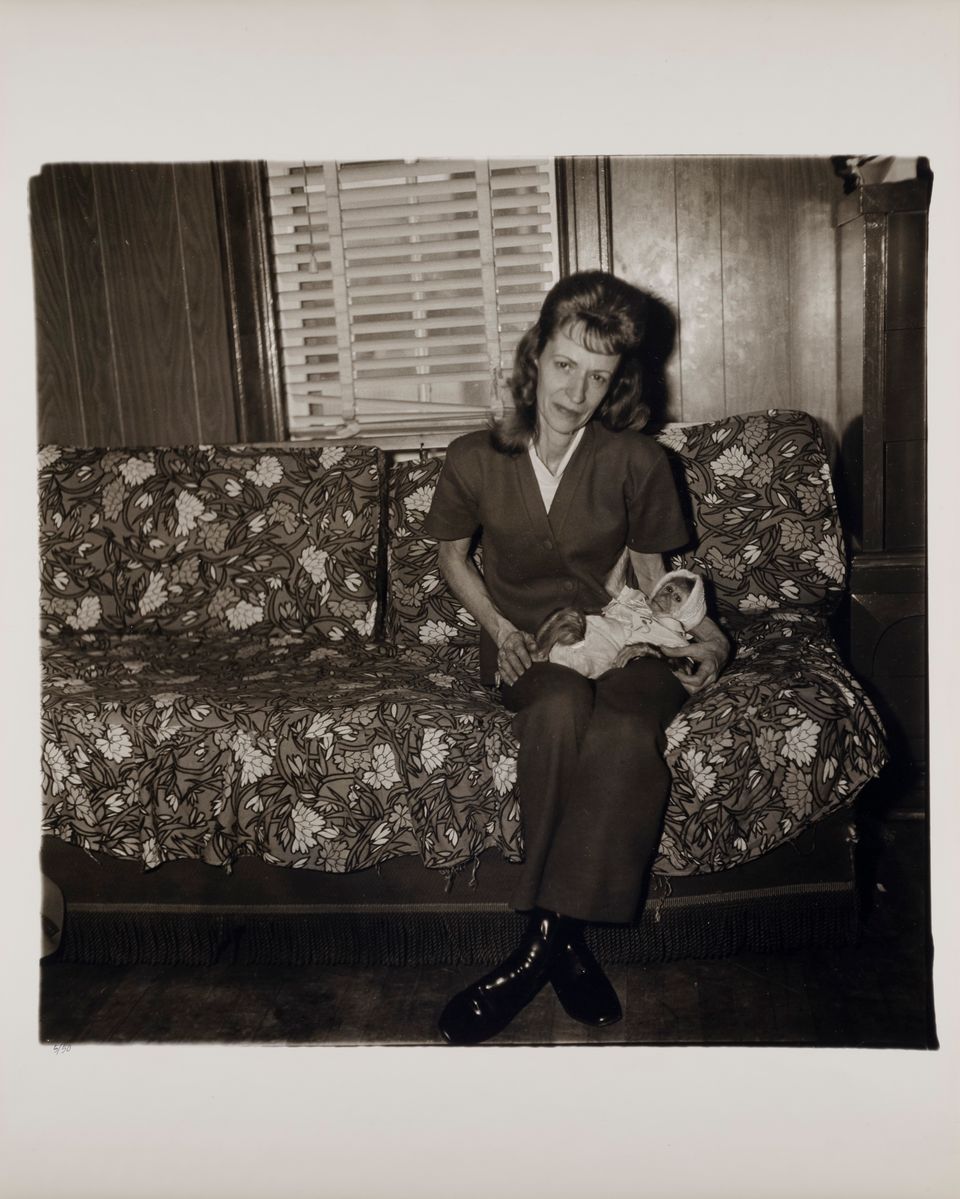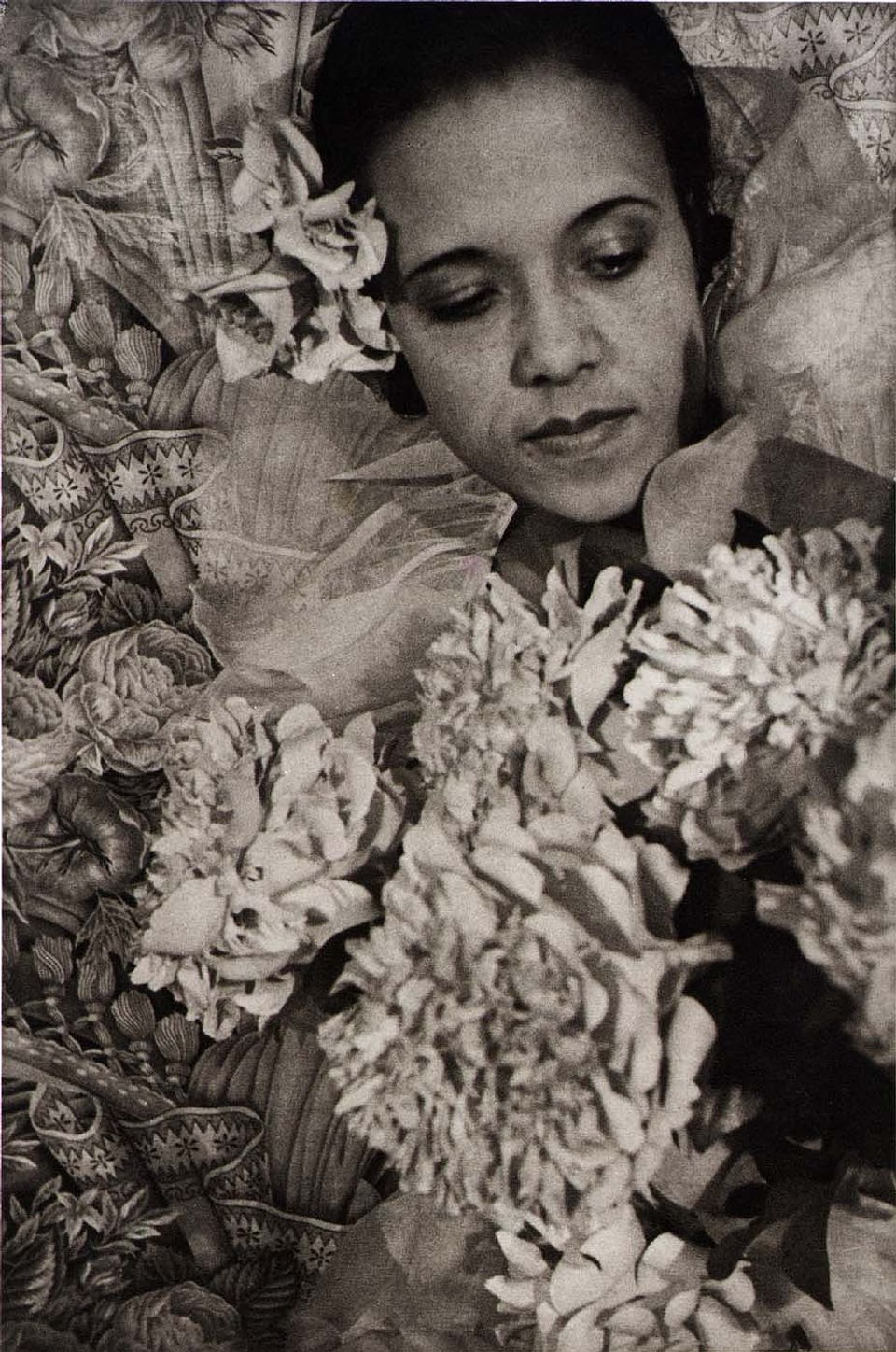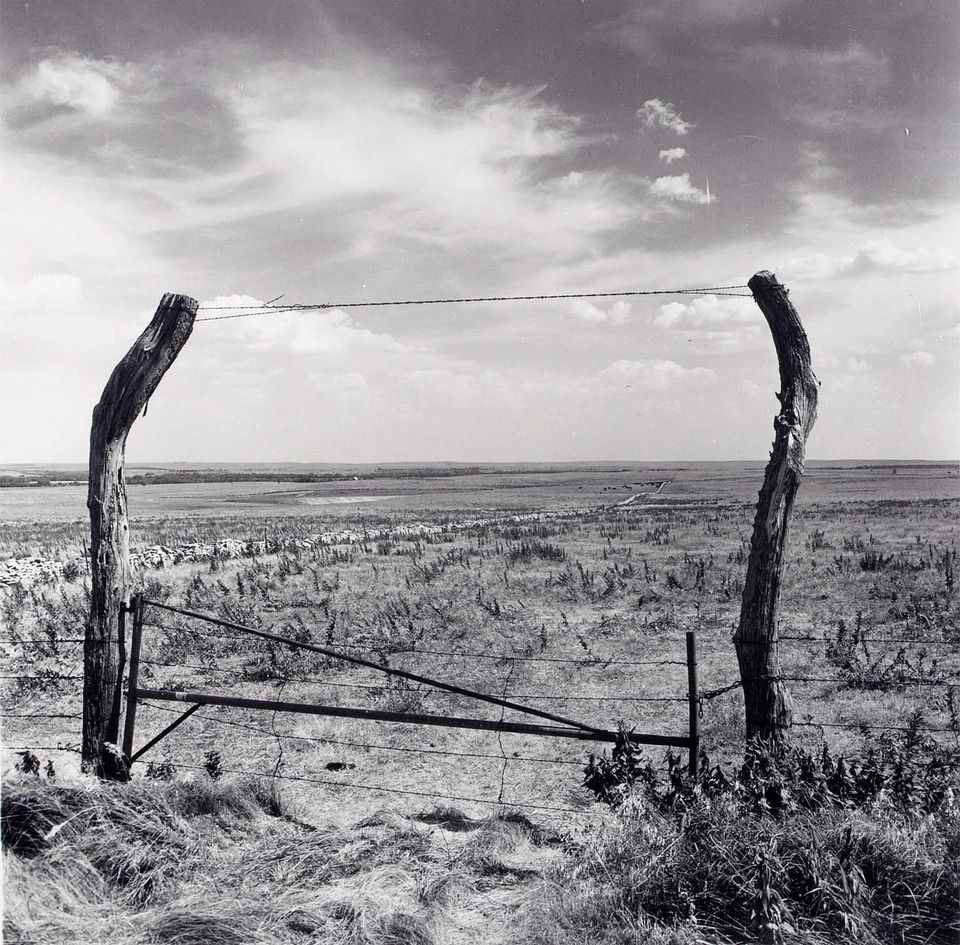
Unidentified artist, Untitled (brooch, man with goatee), undated, albumen print in metal setting. Smithsonian American Art Museum, the L. J. West Collection of Photographic Jewelry, Museum purchase made possible through the Franz H. and Luisita L. Denghausen Endowment
In 1983, the Smithsonian American Art Museum began actively building its photography collection. That year, more than 1,500 photographs were transferred to the museum from the National Endowment for the Arts. Since then, the collection has grown to more than 9,000 works that span the history of the medium. SAAM's holdings include works by Berenice Abbott, Ansel Adams, James P. Ball, Dawoud Bey, Mathew B. Brady, Imogen Cunningham, Roy DeCarava, Walker Evans, Roland Freeman, Ken Gonzales-Day, John Gossage, Sid Grossman, Alfredo Jaar, Dorothea Lange, Hiram Maristany, Ana Mendieta, Gordon Parks, Martha Rosler, Aaron Siskind, James VanDerZee, and Carrie Mae Weems.
From its inception, SAAM’s photography program has focused on works that capture and address the conditions of everyday life in the United States. Embracing the diversity of the medium and its practitioners, SAAM collected the history of American photography as a story of invention and inventiveness, and exhibitions such as American Photographs: The First Century (1996) and A Democracy of Images (2013) were groundbreaking for their recognition of photography’s plurality.
Deep holdings of works by individual artists include an extensive set of Lee Friedlander’s The American Monument series, the only publicly held set of Diane Arbus’ A box of ten photographs, more than 100 works by Irving Penn, more than 100 works by Man Ray, including the portfolio Electricite, and more than 500 works by David Levinthal. SAAM holds complete sets of Martha Rosler’s seminal series House Beautiful: Bringing the War Home and Laura Aguilar’s Latina Lesbian series, as well as Nicholas Nixon’s Brown Sisters series and Paul Fusco’s RFK Funeral Train.
In 1989, the museum acquired the Consolidated Natural Gas Company Collection of more than 300 works by contemporary landscape photographers; in 1994, it acquired the Charles Isaacs Collection, with works by important American artists as well as vernacular material including western survey photographs, stereographs, postcards, and photographs documenting bridge-building, dentistry, and early advertising; and in 2000 and 2009 respectively, it acquired the collections of Bates and Isabel Lowry and Dan and Mary Solomon, adding nearly 200 works of vernacular portraiture to the collection.
In 2021, the museum acquired a transformative collection of early American photography from Larry J. West. The L.J. West Collection includes 286 objects from the 1840s to the mid-1920s, including works by African American daguerreotypists James P. Ball, Glenalvin Goodridge, and Augustus Washington. With this purchase, the museum now holds the world's largest collection of daguerreotypes by these three early African American photographers, as well as the largest collection of daguerrean jewelry, representing the bridge between painted miniature portraiture and early cased photography such as daguerreotypes, ambrotypes, and tintypes. This collection was enhanced by the purchase in 2023 of the Dr. Robert L. Drapkin Collection, a wide-ranging collection of photographs that represent African Americans from the medium's early years to the near present—roughly the 1840s to the 1970s.
Due to their light sensitivity, photographs may be exhibited for short periods of time only to protect the artworks. You can explore SAAM’s entire photography collection online anytime.
Selected Works
Related Artists
Mathew Brady was born near Lake George, New York, in 1823. He studied art with William Page and learned how to make dauguerreotypes from Page's friend, Samuel F. B. Morse.
VanDerZee began photographing as a teenager after having won an eight-dollar camera as a premium for selling pink and yellow silk sachets. Beginning in 1916 he worked out of a commercial Harlem studio he opened on 135th street.
"Paris was where the 20th century was." Should the remark so often quoted and attributed to Gertrude Stein prove apocryphal, it would make no difference.
Cunningham posed for this portrait at the age of thirty-two, with her new husband, Roi Partridge, tripping the camera's shutter.
Dorothea Lange was determined to be a photographer before she had a camera. Rather than follow her mother's wishes that she train as a school teacher, Lange apprenticed herself in a series of New York studios, including that of Arnold Genthe.
One of the most influential photographers of the twentieth century, Adams spent a significant part of his adult life in Yosemite National Park.
Sculptor, performance and conceptual artist, born in Havana, Cuba. Mendieta came to the United States in 1961 and spent her adolescence in Iowa. The trauma of dislocation from her family and homeland is a recurrent theme in her work.
The conjunction between art and commerce that winds through Penn's career challenges our usual definitions of both these areas.
Born in Philadelphia, lived intermittently in the United States, but preferred Paris.
David Levinthal was born in San Francisco in 1949 into a rapidly changing post-World War II American society.
Videos
Exhibitions
SAAM Stories
